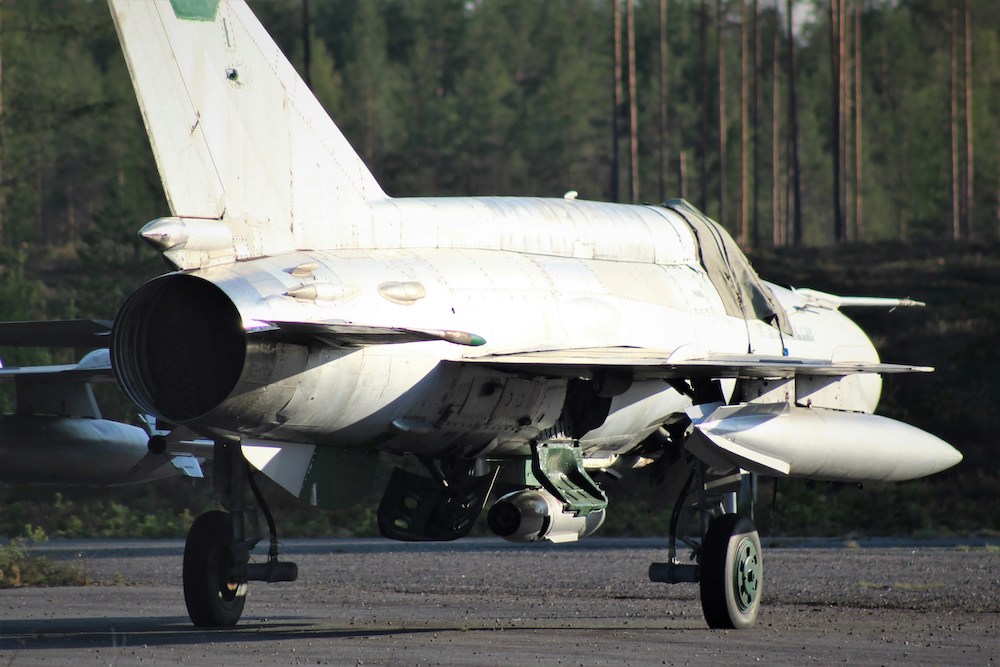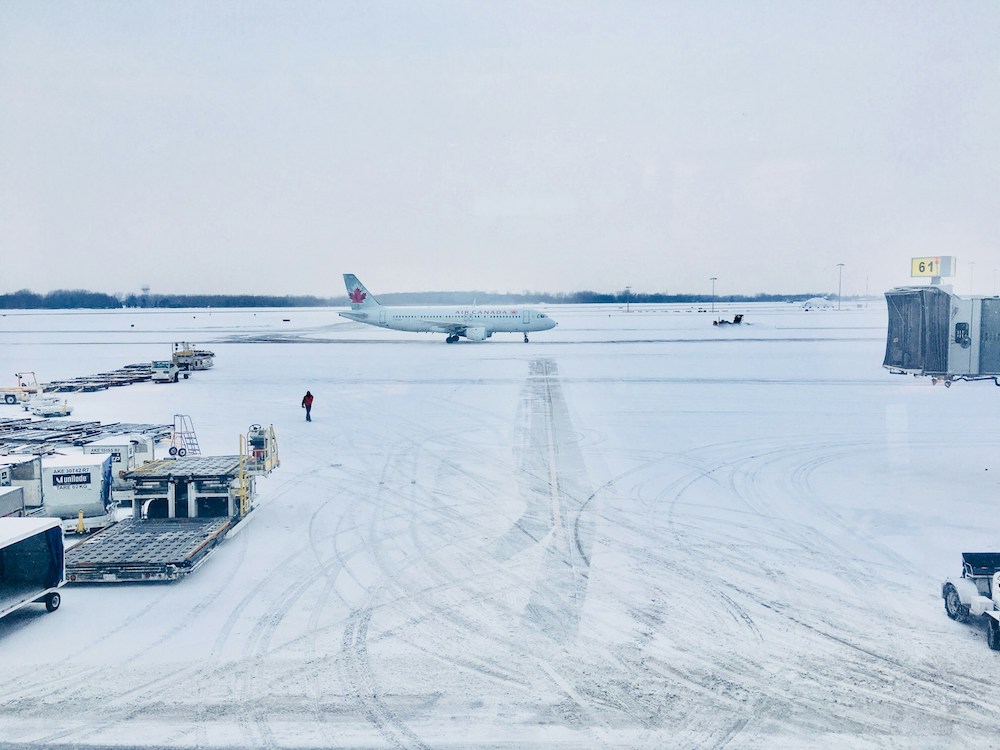
The world is changing and evolving at a much faster rate than ever before. So much so that change has become a constant in most industries, including the aviation industry. With change comes the testing of the industry’s capability to adjust, adopt, and prosper, where those who adopt will thrive, while those who do not, run the risk of getting left behind. Some of the current trends in aviation include:
- Technology and automation
- Sustainability
- Safety and security
- Customer focus
- Strategic alliances and partnerships
- Workforce recruitment and diversity
Let’s explore these emerging trends in more detail and discuss what airlines and aviation companies can do to adjust to the rapidly changing environment.
Technology and Automation as an Aviation Industry Trend
The airline industry has entered an era in which data is abundantly generated and collected. However, the data is useless unless appropriate technology and automation are applied to make the data relevant. Therefore, through the proper application of big data analytics and artificial intelligence (AI), aviation industry members can transform relevant aspects of their processes into quantifiable data, analyze it, and use it to gain valuable insights and make informed decisions.
Big Data Analytics
The aviation industry has a wealth of available data, as the data collected within its operations comes through many different pipelines, including aircraft sensors, inventory management software, passenger feedback, flight information, airport data, employee input, etc.
Through the implementation of big data analytics, aviation industry members can take the collected data and try to understand, with the help of AI, how the layers fit together so that more data-driven decisions can be made to enhance customer experience, improve employee involvement, generate revenue, improve operational reliability, ensure proactive part procurement, etc.
Artificial Intelligence
The AI technology that is being used by aviation industry members today utilizes the tool to improve anything from scheduling maintenance to understanding the weather and how it affects operations. AI technology can look at hundreds of millions of data points and through the application of predictive machine learning models, such as supervised and unsupervised learning, companies can make effective data-driven decisions.
Although the aviation industry already uses AI for various applications, it has only just begun to make an impact. In the coming years, new applications will continue to emerge as aviation industry members find ways to take advantage of generative AI that uses machine learning and deep neural networks to generate outputs not predefined by human programmers.
Consider ePlaneAI as an illustrative example. It integrates big data from over 30 different sources with AI-powered analysis to furnish users with informed answers to queries concerning their inventory, market trends, or the aviation industry as a whole. In turn, this capability transforms what would typically be a time-consuming (or nearly impossible) task of compiling research and conducting analysis into one performed in mere seconds.
Curious? Learn more about ePlaneAI’s AI Capabilities
Sustainability as an Aviation Industry Trend
Aviation is one of the most challenging industries to decarbonize and one of the remaining sectors that continues to increase its greenhouse gas emissions output at an alarming rate. As climate change takes the lead as the top candidate for the next global disaster, aviation industry members must take drastic actions to work toward reducing their carbon footprint.
Following the United Nations Climate Change Conference, U.S. regulators and aviation industry members have jointly dedicated their efforts to the U.S. Aviation Climate Action Plan. The plan has set out to achieve net-zero greenhouse gas emissions from the U.S. aviation sector by 2050.
To achieve this ambitious goal, U.S. regulators and aviation industry members have come together and mutually committed to:
- Introducing new, more efficient aircraft by airlines into their operational fleets and retiring older, less efficient aircraft
- Developing new, more energy-efficient aircraft and engine technologies by original equipment manufacturers (OEMs)
- Improving aircraft operations throughout the National Airspace System (NAS) by the U.S. government and by airlines to fly more optimal routes
- Producing Sustainable Aviation Fuels (SAF) by the energy sector
- Exploring electric and hybrid propulsion systems as solutions for short-haul aviation
- Implementing advancements in airport operations across the U.S
- Joining international climate change initiatives
- Adjusting domestic policies and measures to help meet emissions targets
- Supporting research into climate science related to aviation impacts
These ongoing initiatives will continue to be a hot trend for the aviation industry in the approaching years.
Safety and Security as an Aviation Industry Trend
Safety and security continue to be ongoing trends and top priorities for airlines and the aviation industry. Although these topics have significantly evolved over the past century, risk is an inevitable factor in an industry with complex machinery, human interface, and organizational input. Therefore, the shared goals in the aviation industry will continue to be safety and security as the highest priority.
Safety
The mentality around safety has shifted over the years from simply a reactive approach (i.e., incidents and accidents driving regulatory action and policy change), to a proactive approach (i.e., mechanical/technology improvements, focus on human factors), and eventually to a predictive approach (i.e., safety management system [SMS] implementation).
SMS is a formal approach to managing safety risks and ensuring the effectiveness of safety risk controls. Risk management is meant to identify hazards and mitigate risk based on a thorough understanding of the organization’s systems and operating environment. Considering SMS is still a relatively new concept and not yet regulated for all aviation service providers, it will continue to evolve well into the future.
Security
With war ramping up around the world and tensions running high with domestic and international conflicts, the aviation industry must continue to stay vigilant in the monitoring and assessment of security risks. Like safety, security has significantly evolved over the years, but companies must continue to take proactive and predictive approaches to managing security risks as we move into the future.
Customer Focus as an Aviation Industry Trend
Overall, the aviation industry lacks the level of streamlined and personalized customer experience attained by other industries, such as retail and media. The current customer centered data collected by aviation industry members is primarily focused on the customers’ flight information, but very little is focused on the actual person that is flying.
Internal Approach to Customer Focus
Future initiatives should focus on building a single, coordinated view of each customer across all internal systems and platforms. This information would allow aviation industry members to leverage the customer data to not only provide more specialized offers for revenue-generating purposes, but also to deliver superior customer experience before, during, and after each flight.
The development of superior loyalty programs would also allow aviation industry members to evolve from simple point-based programs into lifestyle membership clubs that offer more personalized service, recognition, and aspirational reward options that go well beyond travel.
Holistic Approach to Customer Focus
Due to the lack of brand loyalty within the aviation industry, aviation industry members should strive to develop industry-wide partnerships for customer data sharing. With data being abundantly collected, industry partners such as regulators, airports, and airlines, should work together to create a more holistic and customer-centric experience for the flying public.
Strategic Alliances and Partnerships as an Aviation Industry Trend
Global Alliances
Although the future of global alliances has been questioned in recent years, they will remain in place for the foreseeable future. It is likely there will be changes to membership, as airlines leave and/or join new alliances because of mergers, joint ventures, or other factors. Regardless, global alliances should focus on providing improved service to their customers, such as ensuring a seamless experience for travelers with itineraries involving more than one carrier in the alliance.
Data Sharing Partnerships
Whether to benefit the flying public or the efficiency of the national airspace system, the collection and sharing of quantifiable data between U.S. regulators and aviation industry partners can help all parties make more informed decisions across the system. The industry must continue to evolve its data-sharing tools as we move into the future.
Sustainability Partnerships
New equipment and technologies require large initial investments and long lead times. In addition, significant changes to the core designs of major aircraft components will take years to develop, test, and implement. Therefore, U.S. regulators must continue their collaboration efforts to work with aviation industry members to accelerate the development of aircraft and engine technologies, enabling a reduction in fuel burn and greenhouse gas emissions beyond what the aviation industry members could do alone.
Workforce Recruitment and Diversity as an Aviation Industry Trend
The aviation industry is currently experiencing a depleting workforce due to an aging labor group, high turnover rates, and increased competition for talent capable of handling new and emerging equipment and technologies. The rise of advanced analytics and the increasing digitization of core aviation industry functions will have a significant effect on how aviation industry members manage talent in the future. In turn, as aviation industry members look for ways to attract new talent, they must rethink their recruiting strategies, employee value propositions, and even office locations to become more attractive places to work.
Furthermore, workforce recruitment with diversity at the forefront will also be essential to the aviation industry moving forward to broaden the scope of the search for talent. From pilots and ground handlers to senior managers and any other position in the aviation industry, a diverse workforce will provide companies with a competitive edge.
Important Takeaways About Airline Industry Trends
The challenge for aviation industry members is not merely to respond to the airline industry’s current operating environment, but to anticipate what is coming and position the members to win in the future. Moving forward, airline industry members must expect the next several years to be challenging due to the continuously changing environment. Therefore, the aviation trends described in this article must be seriously considered to maintain a competitive advantage.
By Katarzyna Szwed-Carlson
Kasia Szwed-Carlson is an expert in the aviation industry with 15 years of experience working in flight operations management and training leadership roles.



